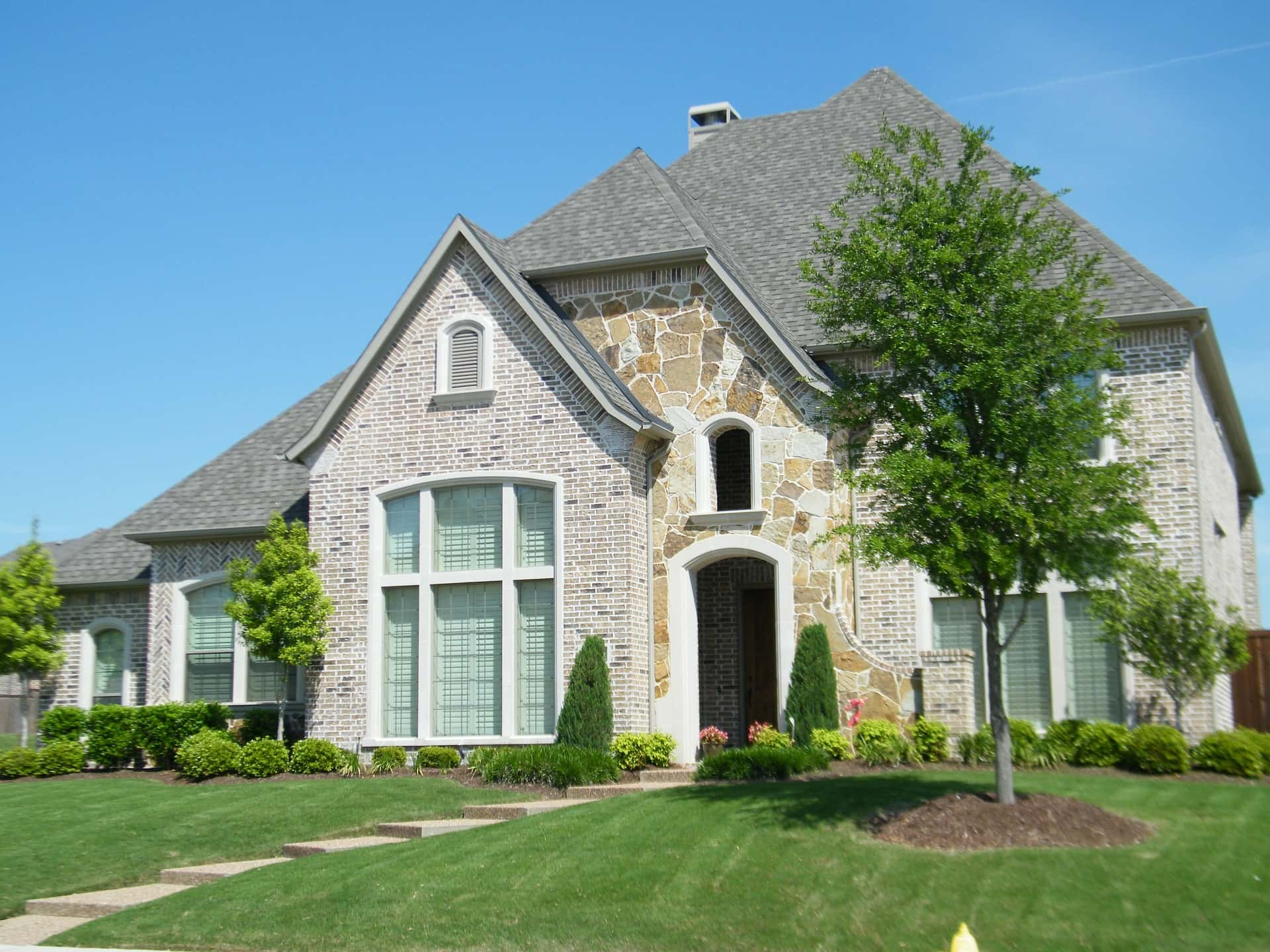When it is time to choose the exterior of your home, Brick siding is a popular choice. With its benefits for insulation and durability, it’s a smart choice. However, what you might not know are its drawbacks.
In this article, we’ll look at the advantages and disadvantages of brick siding so you can conclude whether or not this type of siding is right for your home.
What is Brick Siding and Why It’s Better than Other Sidings?
Brick siding is composed of bricks that are cemented together and then attached to the exterior of your home. This siding is attached using a technique called bricklaying to help secure bricks in place.
Here are the reasons why brick siding is better than other types of siding:
- It is better than aluminum siding because it will not rust in humid conditions.
- It is better than vinyl siding because it has more character and customization options.
- Brick siding is better than wood as it is treated against moisture and will not warp or crack like wood.
This makes brick siding a popular choice for homeowners who want to improve the exterior of their home without having to worry about the long-term effects of their decision.
Now that you know the reasons why it’s better than other types of siding, let’s look at some of its advantages and disadvantages.
Advantages of Brick Siding
Appearance
Brick siding is aesthetically pleasing. Brick siding often looks like it has been in place for years and gives the home a historic look. Sometimes it is used to replicate or mimic certain types of natural stone and adds significant curb appeal to the house.
Durable
Another significant advantage of brick siding is that it is extremely durable. Because bricks are made from clay or shale they are naturally more resistant to wear and tear. Bricks can withstand hail and severe weather better than other types of siding and can outlast different types of siding material by 20-25 years on average.
Fire Resistance
Brick siding is a fire-resistant material and can pass flame ratings that other types of siding cannot. It contains insulation in the cavity between the bricks that help to slow the spread of flames if the wall is exposed to fire.
Energy Efficiency
It’s also energy efficient because it acts as a barrier between the hot or cold outdoors and the home’s interior. Brick can be an effective sound absorber and insulator, which, combined with its thermal mass, makes it an energy-efficient choice for homeowners.
It can also reduce your heating and cooling costs by as much as 10-15% because it is so dense and highly insulated.
Natural Insulation
Brick siding has some natural insulation properties which means that it’s less likely to mold or become infested with pests. It also doesn’t get hot in direct sunlight, making it a great choice for homeowners in warm climates who want to avoid the heat.
Disadvantages of Brick Siding
Cost
The biggest drawback for homeowners considering exterior siding is the high price tag attached to this type of project. This type of siding can be costly depending on where you live, your home’s size, and the quality of materials used by the contractor. This expense makes it unaffordable for many people who are looking into exterior remodeling projects.
Difficult to Clean
An additional drawback of brick siding is that it can be challenging to maintain and clean because it is very porous and can be damaged by water or harsh chemicals.
It should never be power-washed, which can damage the material and the mortar between bricks, allowing water to seep into your home’s walls and cause damage.
Maintenance
Another essential thing to consider is that it requires more maintenance than other exterior wall coverings. Not only do bricks need occasional cleaning, but they may also require repointing or tuckpointing every couple of decades or so (depending on the quality of the brick).
Installation Time
One of the disadvantages of brick siding is that it takes longer to install. It cannot be applied directly over existing painted or vinyl surfaces because it needs a solid, clean substrate to attach to.
Additionally, it requires more time and effort than other types of siding because it must be carefully fitted together in a pattern that matches the bricks above and below it.
Conclusion
Brick siding is a beautiful and elegant type of siding material that has many benefits. However, Before you install this kind of siding on your home, make sure to compare it against other options such as vinyl or fiber-cement siding.
Also, consider asking a siding contractor about the different types of exterior coverings available on the market today. And take your time to research materials so that you make the best decision for your home. If you live in Oklahoma and want to install Brick Siding on your home, please read this article, Best Siding Contractors in Oklahoma, to help you find the best siding contractor in town.

